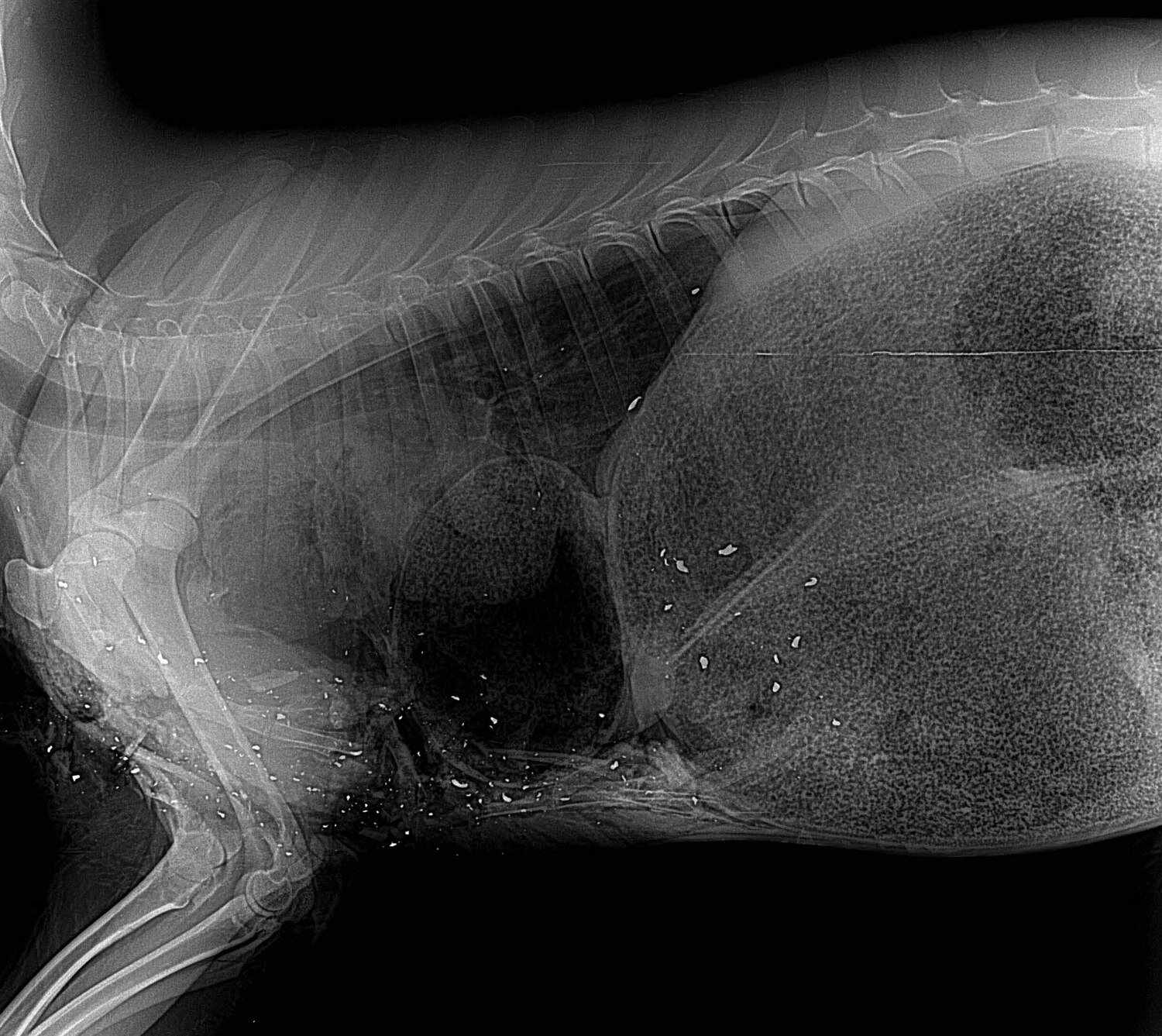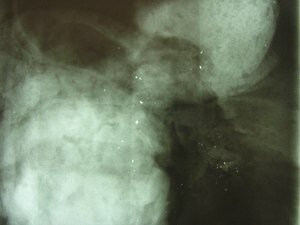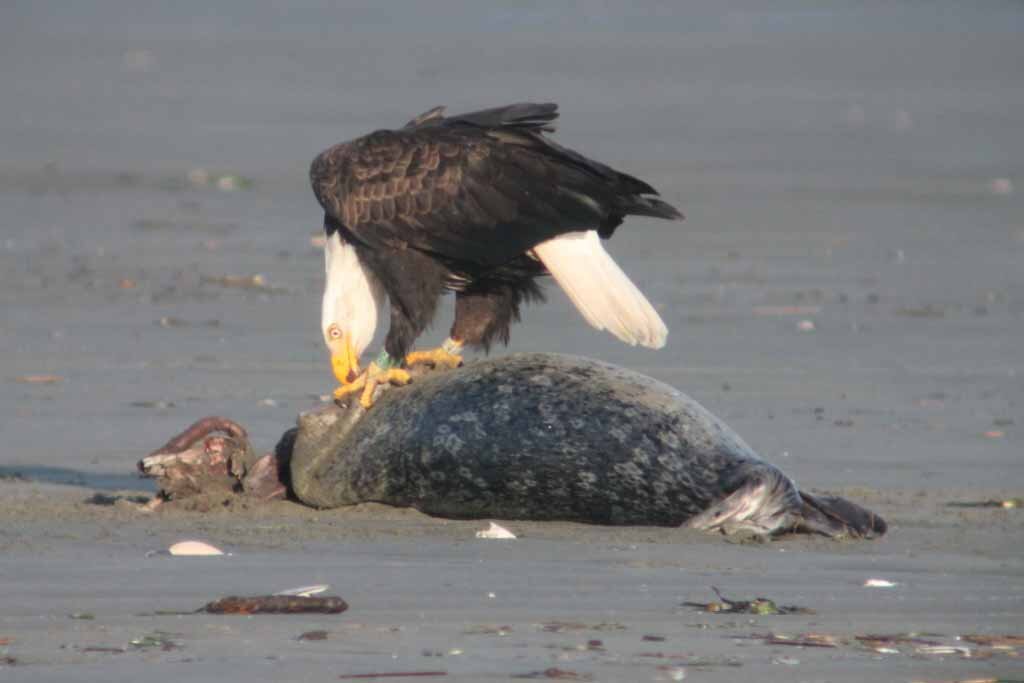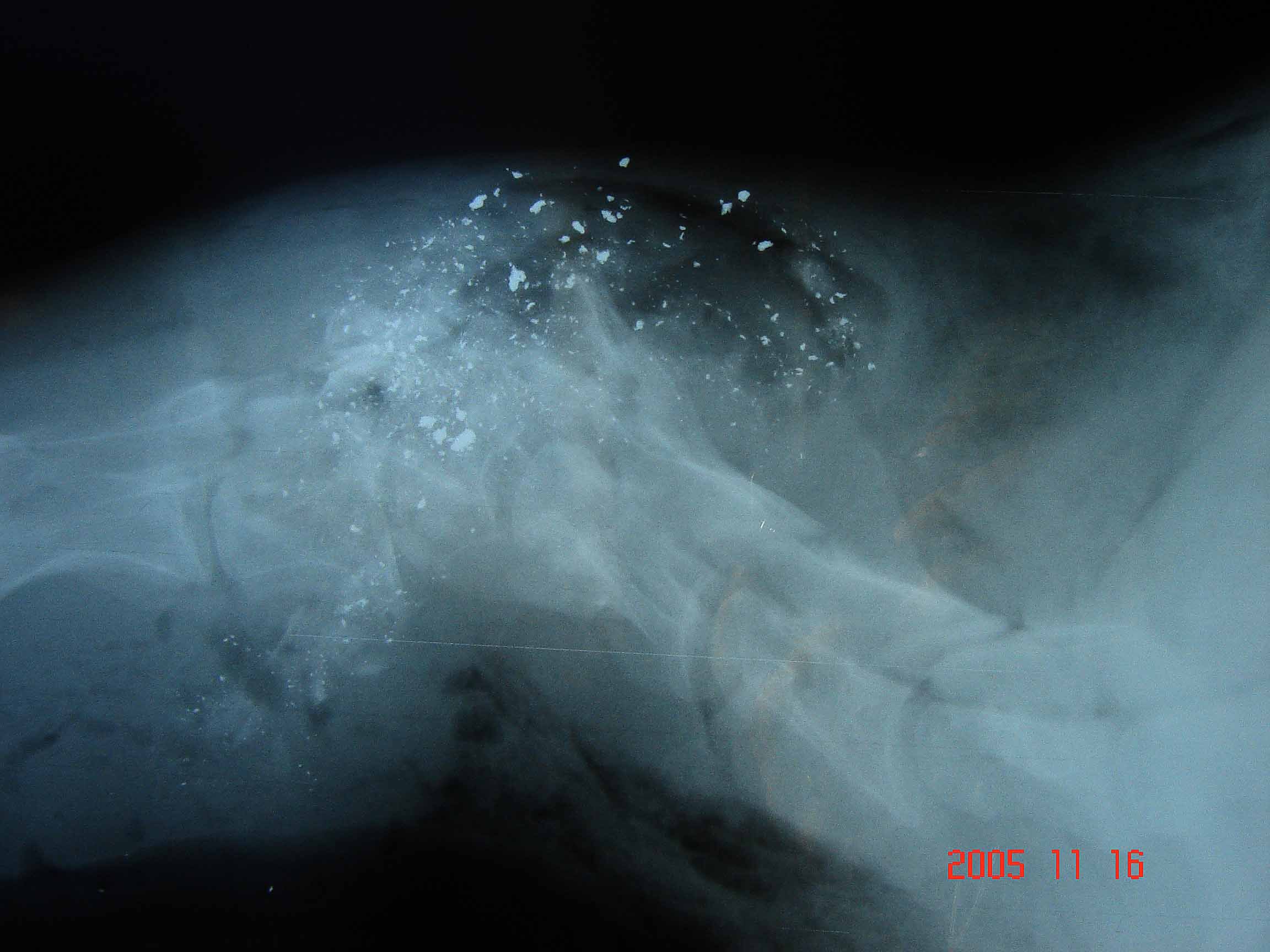Non-Lead Ammunition Project
We monitored blood lead concentrations of Jackson Hole’s Ravens and Bald Eagles for eight years. We discovered a link between the hunting season, the number of animals harvested and elevated blood lead concentrations in these birds. By educating hunters on the benefits of non-lead ammunition and supplying them with non-lead ammunition, we found decreased use of lead ammunition correlated with a decrease in blood lead concentrations in bald eagles. Following our ecological studies, we are continuing this project with a large educational campaign for the hunting community. It is our hope that once hunters learn about the benefits of non-lead ammunition, both ecologically and from a bullet performance standpoint, they choose to use non-lead ammunition, locally and nationally.
Beginning in 2020, we entered a new phase of our non-lead ammunition wildlife research, directly focused on using non-lead ammunition distribution programs to offset eagle deaths at wind farms. Wind energy development has increased substantially in recent years in the western US and it continues to grow. Golden eagles may be impacted more than other species by wind energy development based on where turbines are place, at multiple spatial scales, and where eagles are found and how they use the landscape. In response to this problem, the United States Fish and Wildlife Service (USFWS) instituted a policy of “no net loss” for golden eagles. If the number of golden eagles that die as a direct result of wind development are greater than zero, mitigation methods must be implemented to reduce eagle deaths as compensation. The only currently accepted and broadly used mitigation technique is retrofitting power poles. Both the USFWS and the wind industry have expressed the need to increase the number of acceptable mitigation methods. Lead poisoning is a significant source of golden eagle mortality and the primary cause is thought to be the ingestion of bullets fragments in the offal of harvested game animals. We received funding from the National Fish and Wildlife Foundation to test the efficacy of using a non-lead ammunition distribution program as an effective and quantifiable mitigation technique. To do this, we are distributing non-lead ammunition to hunters in southeast Wyoming. We are then quantifying the number of game animals harvested with non-lead ammunition and estimating the subsequent reduction in golden eagle mortalities. At project completion, we will be able to assign a mitigation cost per eagle and provide a scientifically defensible framework industry can follow to offset golden eagle mortalities using non-lead ammunition.
Publications:
Lead exposure in bald eagles from big game hunting, the continental implications and successful mitigation efforts. (2012). Bedrosian, B., Craighead, D., Crandall, R. PLoS One, 7(12), e515978.
Blood lead levels in eagles during and after big-game hunting seasons. (2009). Bedrosian, B., Craighead, D. The Journal of Raptor Research.
A relationship between blood lead levels of Common Ravens and the hunting season in the Southern Yellowstone Ecosystem. (2009). In R.T. Watson, M. Fuller, M. Pokras, and. W.G. Hunt. (Eds).Craighead, D. and B. Bedrosian. The Peregrine Fund. Boise, ID, USA.
Ingestion of Lead From Spent Ammunition: Implications for Wildlife and Humans. (2009). Bedrosian, B., Parish, C. N., Craighead, D. The Peregrine Fund. Boise, ID, USA.
Difference between blood lead level detections techniques: Analysis among and between three techniques and four avian species. (2009). R.T. Watson, M. Fuller, M. Pokras, and. W.G. Hunt. (Eds). Bedrosian, B., C. Parish, and D. Craighead. The Peregrine Fund. Boise, ID, USA.
Blood lead levels of Common Ravens with access to big-game offal. 2008. Craighead, D. and B. Bedrosian.Journal of Wildlife Management. 72:240-245.

X-ray of a dear carcass showing the many fragments of lead (white dots) throughout the body cavity.

Lead fragments may travel far from the bullets trajectory, making it difficult to cut away the contaminated meat.

Copper bullets are as or more accurate than lead and are proven to be effective in the field.

Lead is frangible and at impact speeds it shatters into many small fragments, some of which may be imperceptible. These tiny particles are absorbed more quickly given their surface area to weight ratio and can be highly toxic to the animal that is ingesting them.

Copper is malleable and "mushrooms" but stays intact instead of fragmenting. The expansion and weight retention of non-lead bullets increases their effectiveness.

An X-ray of a lead bullet show into a ballistics gel. The white specks are lead fragments.

A copper bullet shot into a ballistics gel showing one fragment.

A bald eagle and magpies feed on a bait pile of road-killed ungulate carcasses set to capture the birds and test their blood lead concentrations.

Bald eagles in particular will travel hundreds of miles during the winter months in search of carcasses. An eagle feeding on a seal carcass in Alaska may a week or two later be feeding on an elk carcass in Wyoming.

When a lead bullet strikes a bone the fragmentation is exacerbated.
Want to learn more about this project? Follow up with our partner in research, Ross Crandall on his project specific site! Click here to go there.

